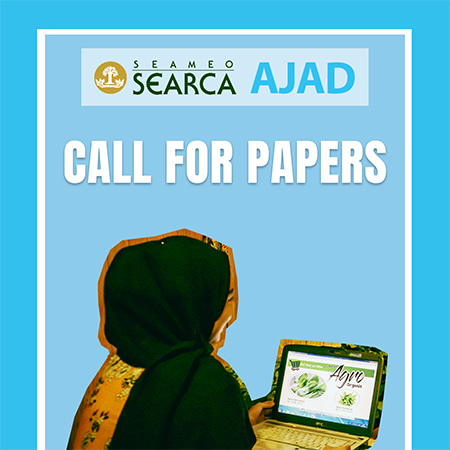- Hardcover 971-560-1294
This book, 'Endangered Beauty, Mt. Malindang and its Environs in Mindanao, Philippines', is rather unique. Its uniqueness stems from two advantages held by the editors. First, they had complete access to all outcomes of research done in the area for the last five years and second, they had sufficient distance from the research results to enable them to produce that easy-to-read coffee table book. As a result, the editors have been able to give a remarkable overview of the endangered wealth and beauty of this hotspot in
the Philippines.
The book builds on the numerous results of a demand-oriented research programme involving actors both in the Philippines and in the Netherlands. The programme started early 2000 and took place around the area of Mt. Malindang in the provinces of Misamis Occidental, Zamboanga del Norte and Zamboanga del Sur in the Mindanao island of the Philippines. It gives a broad picture of the quickly vanishing beauty of this mountain range and its environs and the relationship between what happens in the upland, lowland, and coastal areas.
It provides inside information about a wide range of aspects and the relationship between them, including the often neglected human and societal issues in biodiversity conservation. The pages tell the story of the indigenous people who were forced to go upland and overuse the soils leading to habitat loss and soil deterioration. They also tell the story of massive timber exploitation and logging leading to deforestation and rapid biodiversity loss. They tell about fishermen who use dynamite fishing, destroying a large part of the fish, plant, and coral populations. In short, the pages show that the biodiversity crisis is clearly intertwined with the well-being of people. It also shows that often laws and regulations from different governing bodies overlap in practice and that an integrated effort is badly missing. The urgency of the biodiversity loss cannot be overemphasized. The photographs and aerial maps in this book sufficiently demonstrate that in the Mt. Malindang Range and its environs, time is simply running out.
Nevertheless, the book also gives hope. Because of interdisciplinary research, priority areas have been defined for conservation priorities. The responsibility of making these priorities a reality lies greatly with
the Mindanao people. Two cultures have met: the Dutch from the North and the Filipinos from the South, leading to a remarkable unity of the human spirit to try to bring hope to a marginalized indigenous people without jeopardizing other life forms which are equally worth saving.
Something can be done to avoid further loss of biodiversity. We can conserve what remains, replace what was lost, repair what was damaged, and finally make people aware that they can change the situation. After all, biodiversity conservation and environmental protection are a collective responsibility, which are not intended to deprive but rather to ensure that biodiversity continues to provide a life of dignity for generations to come.
Download for free
PDF format in this language: English


